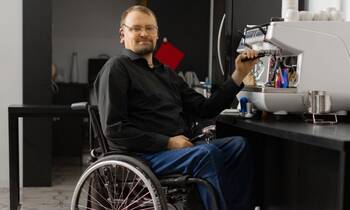Aging, Disability Research / 08.01.2025
Disability and Retirement: Understanding the Intersection of Health and Financial Planning
Planning for retirement is a multifaceted process, but it becomes even more complex when living with a disability. The intersection of health and financial planning is crucial for ensuring stability, independence, and a fulfilling retirement. By addressing unique challenges and leveraging available resources, individuals with disabilities can develop a comprehensive strategy that meets their long-term needs.
Understanding the Unique Challenges
Retiring with a disability introduces distinct considerations that differ from traditional retirement planning. Some of the key challenges include:- Increased Healthcare Costs: Chronic conditions or disabilities often require ongoing medical care, adaptive equipment, and specialized services, which can lead to higher out-of-pocket expenses.
- Limited Work History or Income: Disabilities may reduce the ability to work consistently, potentially impacting Social Security benefits or retirement savings.
- Access to Benefits: Navigating disability-related benefits, such as Social Security Disability Insurance (SSDI) or Supplemental Security Income (SSI), requires careful planning to avoid potential reductions when transitioning to retirement benefits.
- Housing and Accessibility Needs: Creating a living environment that accommodates a disability often involves modifications or choosing specialized housing options, which can be costly.














